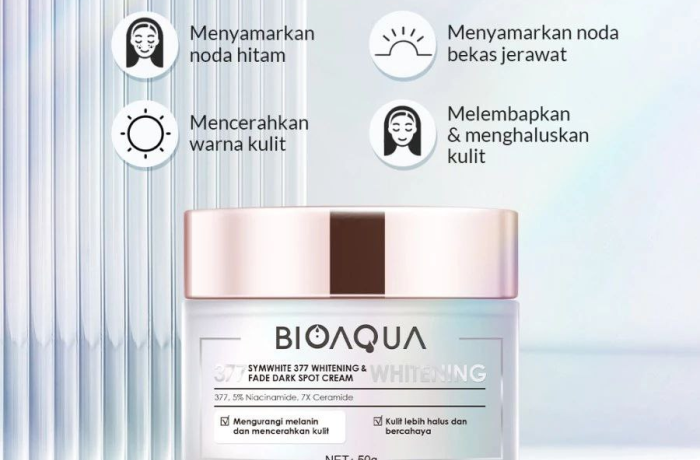Introduction to Scars and Post-Inflammatory Hyperpigmentation
Scars are a common occurrence after an injury or surgery, and they can vary in size, shape, and appearance. They are a natural part of the healing process, but they can sometimes cause discomfort or self-consciousness. On the other hand, post-inflammatory hyperpigmentation refers to the darkening of the skin that occurs after an inflammatory response, such as acne or eczema. This condition can be frustrating for individuals who are left with dark spots or patches on their skin, even after the initial inflammation has subsided.
Understanding the causes and types of scars
Scars are a natural part of the body’s healing process, but they can vary in appearance and severity depending on the cause. There are several factors that can contribute to the formation of scars, including injuries, surgeries, and skin conditions. Additionally, the type of scar that forms can vary, with common types including hypertrophic scars, keloid scars, and atrophic scars. Understanding the causes and types of scars is important in order to properly manage and treat them.
Effective skincare routines for scar management
Scars can be a source of self-consciousness and discomfort for many individuals. However, with the right skincare routine, it is possible to minimize their appearance and promote healing. One effective approach is to cleanse the scarred area gently with a mild cleanser and lukewarm water. This helps to remove any dirt or bacteria that may hinder the healing process. After cleansing, applying a silicone-based gel or cream can help to hydrate the skin and reduce the appearance of scars over time. Additionally, using sunscreen with a high SPF can protect the scar from harmful UV rays, which can darken and worsen its appearance.
Medical treatments and procedures for scar reduction
There are several medical treatments and procedures available for scar reduction. One common method is the use of topical creams or gels that contain ingredients such as silicone or corticosteroids. These creams can help to soften and flatten the scar tissue, reducing its appearance over time. Another option is laser therapy, which uses focused beams of light to break down scar tissue and stimulate the production of new collagen. This can help to improve the texture and color of the scar. In more severe cases, surgical procedures such as scar revision or skin grafting may be necessary to remove or replace the scar tissue.
Lifestyle changes and self-care tips for minimizing hyperpigmentation
Hyperpigmentation refers to the darkening of certain areas of the skin, often caused by an overproduction of melanin. While there are various treatments available, making certain lifestyle changes and adopting self-care practices can also help minimize the appearance of hyperpigmentation.
Firstly, it is crucial to protect your skin from the sun’s harmful rays by wearing sunscreen with a high SPF daily. Additionally, incorporating a healthy diet rich in antioxidants, such as fruits and vegetables, can help promote skin health and reduce hyperpigmentation. Lastly, practicing stress management techniques, like meditation or yoga, can also contribute to overall skin wellness and minimize the occurrence of hyperpigmentation.
Thank you for visiting and reading this article entitled How To Deal With Scars And Post-Inflammatory Hyperpigmentation?, I hope you have a nice day and this How To Deal With Scars And Post-Inflammatory Hyperpigmentation? article can help you well, don’t forget to share this information on your favorite social media, so that more people will understand the essence of the article we wrote.










